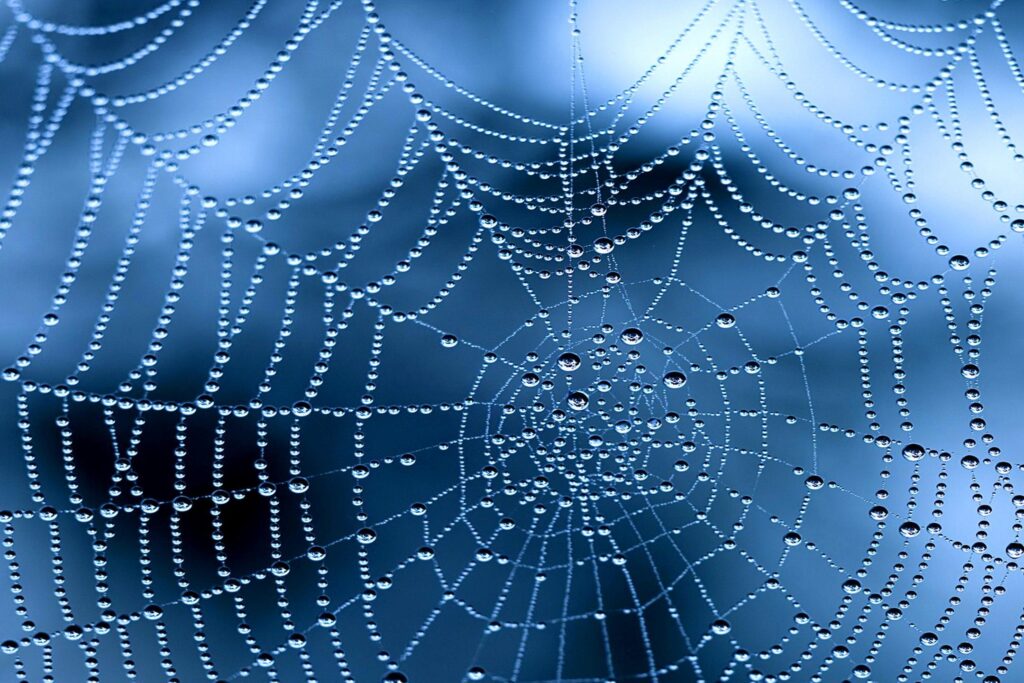
The amount of water vapor that can be extracted from the air depends on ‘relative’ humidity, which is a percentage that indicates how much water vapor is present in the air compared to the maximum amount the air can hold at a given temperature. Warm air holds ‘relatively’ more water than cold air – a physical fact which is causing increasing rain and flooding as our planet warms. Because cooler air holds less water, relative humidity tends to increase at night. If objects like blades of grass, spider webs, or thin metal, glass or plastic surfaces become cool enough, condensation or ‘dew’ occurs on those surfaces when their temperature falls to the ‘dew point’ or lower. If the surface temperature falls below freezing, frost forms (as on your windshield). In both cases, with cleverly designed surfaces, a useful amount of water can be harvested directly from the air.
The keys to success are 1) to create a surface that routinely gets cold enough to condense water vapor out of the air, and 2) to efficiently drain it away from the surface and collect it before it re-evaporates (typically in the hours just before sunrise). Super-efficient colder-than-ambient surfaces have been created using materials which take advantage of a natural geophysical process called ‘radiative cooling’ in an enhanced way to work even during daylight hours; this is called ‘passive daytime radiative cooling’ or PDRC. These materials – membranes or films or coatings – are typically lightweight, so they cool off very quickly and radiate energy very efficiently at long infrared wavelengths (8-13μm) where the Earth’s atmosphere is ‘transparent’ to outer space, i.e., it doesn’t recapture the heat. The result is a rapidly cooling, efficient radiator which quickly becomes colder than surrounding air and objects – ideal for condensing water as dew or frost. It also reduces building temperatures and mitigates global warming passively, with no input of energy.
That last mentioned feature is spectacular. If we used these materials on our roofs, we would cool our homes and our cities and our planet and create more potable water. Or… we could use more fossil fuels to power more air conditioners and heat up our planet ever faster. Your roof can function both as a dew collection device and passive cooling system; no active cooling (A/C or heat pump) is necessary to be comfortable indoors even on the hottest days here in the New Mexico. It’s a choice.
I would be happy to work or collaborate with anyone on the design of a dew harvesting / passive cooling system. I’ll update this page as I evaluate various materials and systems. In the meantime, feel free to contact me with questions. Water is Life.
Updated: 12 May 2025